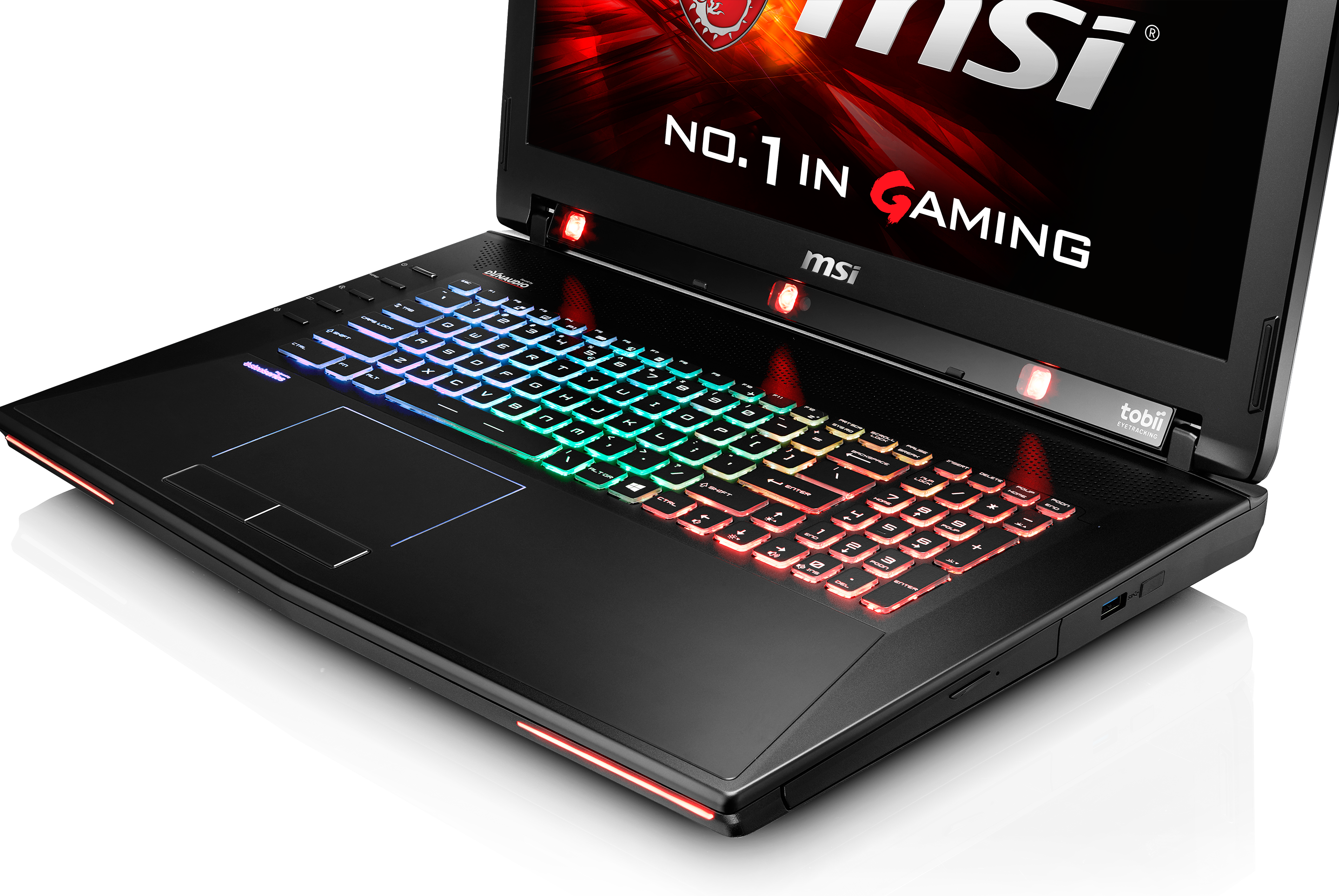Tobii Announces 'Tom Clancy's The Division' Eye-Tracking Features
Tobii Tech is one of the leading companies working in the eye-tracking space. The company sells a standalone product called the Tobii EyeX Controller, and just over a week ago MSI launched a gaming laptop with Tobii’s sensors integrated into the screen bezel. Now that hardware is in people’s hands, software support is starting to emerge. Ubisoft is leading the charge, with eye-tracking features embedded into the latest Assassin’s Creed game (which we tried at CES this year), and now Tobii has revealed a list of features that Ubisoft included in The Division.
With a Tobii EyeX Controller, aiming, targeting and ducking for cover will be much simpler than playing with a controller. The Division supports "Aim at gaze," "Grenade at gaze," and "Cover at gaze," which do exactly what their names imply. Tobii said you simply look where you want to shoot or throw your grenade, or look at the object you want to cover behind.
Eye tracking will let you glance around the environment to tag targets quickly, and it enables a feature called "Collaborative Targeting" that lets you quickly communicate which enemy to target in a coordinated strike.
The Infinite Screen feature will pan the image over when your gaze reaches the edge of the screen. It will automatically let you see beyond the edge of the field of view, without turning the character on screen.
Tobii said The Division also uses eye tracking to manage to on-screen UI. The mini map and other HUD elements fade away when you aren’t looking at them, but as soon as you gaze where they are, they come back into view.
Tom Clancy’s The Division from Ubisoft will ship on March 8 with integrated Tobii EyeX Controller support. The company said that all you need is a copy of the game, a Tobii EyeX Controller, and the EyeX software installed to use the features listed above.
Follow Kevin Carbotte @pumcypuhoy. Follow us on Facebook, Google+, RSS, Twitter and YouTube
Get Tom's Hardware's best news and in-depth reviews, straight to your inbox.
Kevin Carbotte is a contributing writer for Tom's Hardware who primarily covers VR and AR hardware. He has been writing for us for more than four years.
-
thburninator $139 is a pretty penny for a few fancy features added to your game. I'm not sure many people will see the benefit, but who knows, this could just be the tip of an iceberg if it makes its way into VR (without tacking that price on top of the VR hardware).Reply -
kcarbotte Reply17515049 said:$139 is a pretty penny for a few fancy features added to your game. I'm not sure many people will see the benefit, but who knows, this could just be the tip of an iceberg if it makes its way into VR (without tacking that price on top of the VR hardware).
This is definitely just the tip of the iceberg. There's lots of excitement around eye tracking right now, and it is definitely on the list for second generation VR headsets.
I had the chance to try out the Fove HMD at CES and its eye tracking tech is a huge benefit for VR.
I agree, $140 for an accessory with very few games to support it is not cheap. This won't be a major mainstream product, but seeing developer support is a big step forward.
The benefits are real (I didn't test it, but I recorded as my colleague did) and we'll likely see more laptops adopt the sensors over the next year or two while we wait for VR hardware to be released with eye tracking support. -
alidan Reply$139 is a pretty penny for a few fancy features added to your game. I'm not sure many people will see the benefit, but who knows, this could just be the tip of an iceberg if it makes its way into VR (without tacking that price on top of the VR hardware).
i'm imagining some way to add legacy support to older games, i mean imagine having 2 access for movement, the mouse for small precise movements, and the eyes for large movements.
i want to know how this works for people who don't sit up straight and play games in only that position, and what kind of legacy support this will get.



